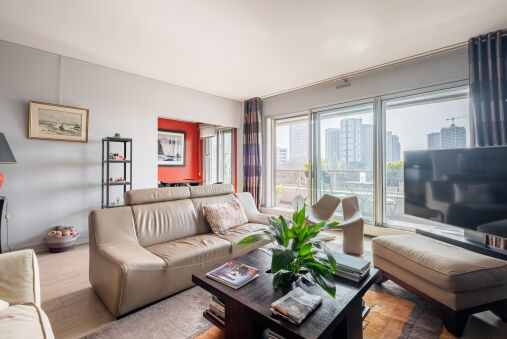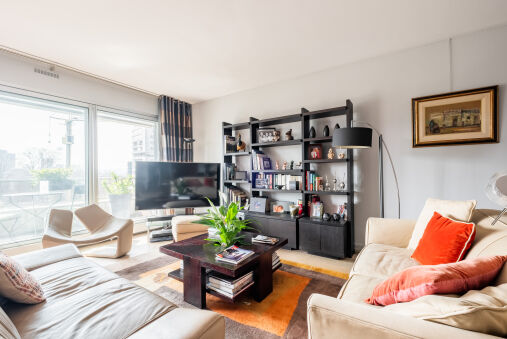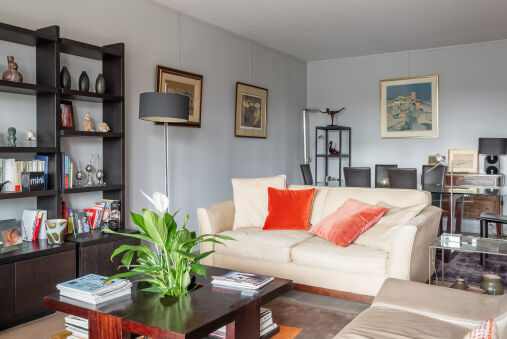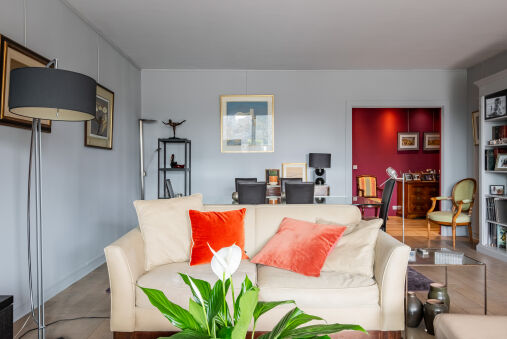Industry
The Short-Term Rental Market Can Help Build-To-Rent Owners
Owners of large property portfolios are often faced with the same issue. Namely, they have long periods of vacancy while they wait for long-term tenants to occupy their property.
The build-to-rent (BTR) market prominently consists of properties built to house tenants on a long-term basis. However, the short-term rental market can help BTR properties during periods in which the property is vacant.
In this article, we’ll discuss how the two markets can work together to ensure maximum occupancy and profits are reached by the BTR marketplace.
What Makes BTR Properties Appealing?
Homes that are developed under BTR schemes are built as more affordable rental options than other homes in the area. For this reason, they are heavily regulated by the council and often have longer minimum occupancy agreements than properties under private management.
With lower prices and guaranteed occupancy, they are appealing investments for those looking to get into the property development market. They are also appealing options for tenants who do not want to spend too much on rent and who cannot afford unexpected rental increases.
The target market for BTR properties and STR properties is therefore similar, meaning the two markets could work together to maximise occupancy and the property owner’s profits. Putting a BTR property up for shorter-term rentals increases the income potential of a rental unit, meaning the income on the property is not limited to long-term occupancies.
Why do BTR Properties Experience Short-Term Vacancies?
In the UK, there are very strict regulations surrounding BTR schemes, with BTR property owners needing to make the property available for rent for 15 years before being allowed to sell it. With new developments, it can be difficult to market effectively enough to guarantee 100% occupancy at all times.
In tenancy agreements, landlords will often set a minimum rental period of 6 months to a year, or longer but with break clauses in the contract to allow tenants to leave in certain circumstances. Finding tenants who want to live in a property for a long period can be challenging.
There are also often challenges associated with finding a tenant for a property that has been previously occupied. The space may not look appealing due to a lack of upkeep from the previous tenants. For this reason, some properties only get rental agreements finalised once the previous tenant has vacated the property entirely.
Another common occurrence is that a tenancy agreement's end date and the following agreement’s start date are sometimes a week to a month apart, meaning there are times when the property is vacant owing to a misalignment of occupancy dates. In these circumstances, reaching out to the STR market can minimise the BTR property’s vacancy.

How Can the STR Market Help Vacant BTR Properties?
To ensure BTR properties continue to bring in income during periods of tenant change over or periods of less demand, BTR owners should consider allowing short-term renters to occupy the property. There are several benefits associated with the STR market that BTR owners may not get to take advantage of during a typical long-term tenancy.
With BTR, owners are required to have a set rental rate for an extended period, meaning they do not have the flexibility to take advantage of higher rental rates during certain times of the year like STR properties do. Letting out BTR properties on a short-term basis during vacant periods can, therefore, open up opportunities for property owners to make additional money when their properties are not occupied.
With the correct management, this is quite easy to do although it is a lot easier to successfully execute when the BTR property is fully furnished and geared towards accommodating guests at short notice. The availability of the property also has to be quite rigid to prevent any overlap of occupancy from taking place.
How Effective Property Management Can Maximise BTR Occupancy
Property management platforms like UnderTheDoormat consider property availability when marketing properties available to prospective short-term renters. Given the renting nature of BTR properties, there are often periods when the owners know the property is going to be vacant.
If the impending vacancy is communicated to your property management team in advance, there is every likelihood someone else looking for short-term rentals will be willing to rent the space, meaning you, as the owner, are still making money off the property instead of waiting for the next tenant to move in.




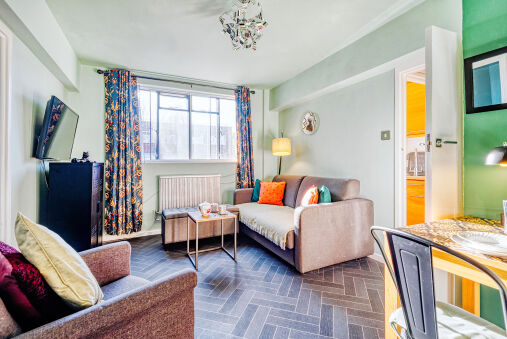

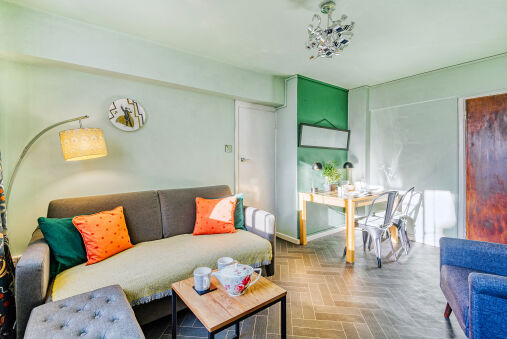

 london
london




